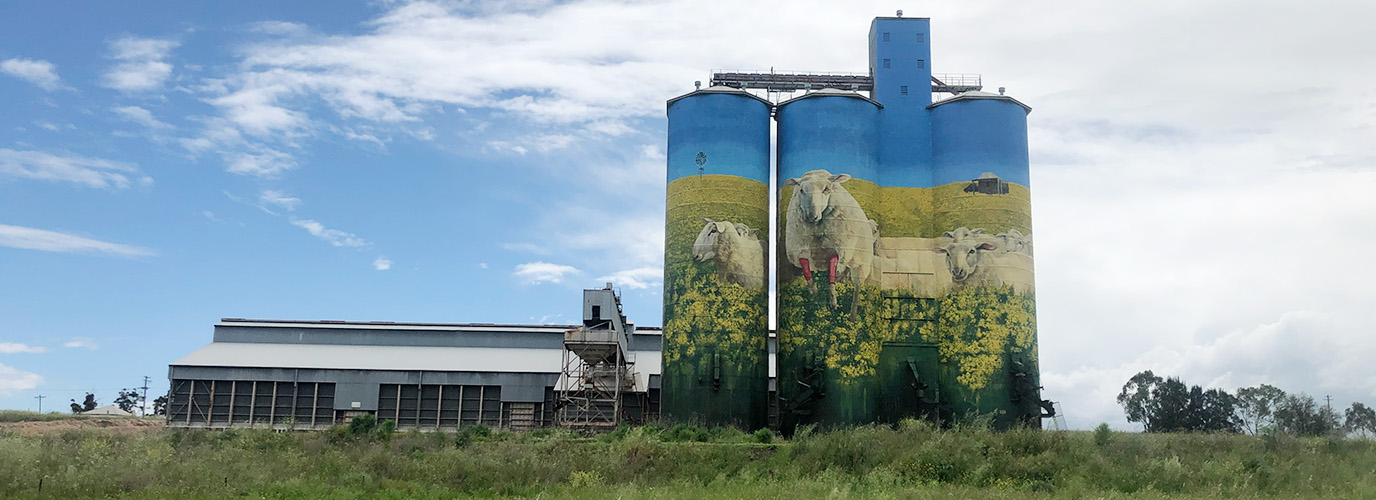Microgrids can help support communities during planned and unplanned outages. They improve electricity reliability by providing a back up power supply. In Merriwa, the microgrid will focus on keeping key services running.
After extensive consultation with the community, Ausgrid developed and constructed a microgrid in Merriwa. The properties deemed essential by the local community (such as the pharmacy, grocery, fuel providers as well as the RSL and Country Women’s Association to enable them to support the community) will continue to operate during what would normally have been an outage.
The Microgrid generation and storage infrastructure is located at the Ausgrid Depot on Bettington Street Merriwa and delivered in partnership with Yurika.
What is a microgrid?
A microgrid is a small network of power generation, storage and control technologies that are designed to supply a small group of consumers with electricity while operating independently of the central grid.
A microgrid can operate autonomously, supplied by energy sources like solar generation, battery storage and diesel power, when power supply from the main grid is disrupted by extreme weather events or is otherwise unavailable.
A microgrid is designed to increase the reliability and resilience of the network and the community.
Project update
Ausgrid has completed construction and testing of the Merriwa Microgrid, installing innovative technology that contributes to a more responsive, resilient, and reliable power supply.
Community consultation
Ausgrid asked the Merriwa community about the services that were most important to them.
Ausgrid held two community workshops in Merriwa in November 2022. The participants at the workshop shared their thoughts on the proposal and provided feedback. Ausgrid also invited feedback via online channels.
There will be 27 properties included in the microgrid, such as the pharmacy, grocery, the RSL and the petrol station.
As a part of the microgrid trial, Ausgrid has included two locations that can continue to operate to support community services and be a central meeting point during an outage. The Merriwa RSL and the Merriwa Country Women’s Association rooms will be powered to enable the provision of emergency relief for community members.
Project timeline
The microgrid has been commissioned and the project has entered the operations and maintenance phase.



